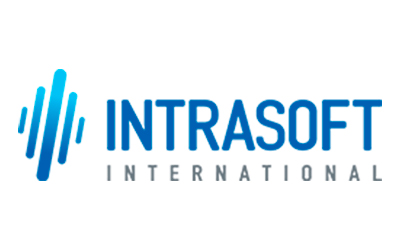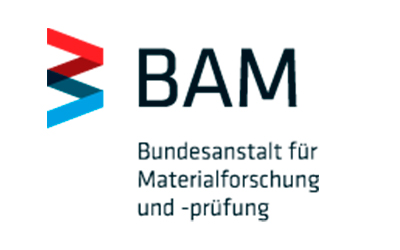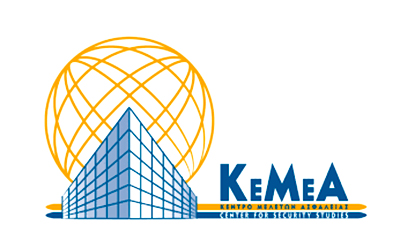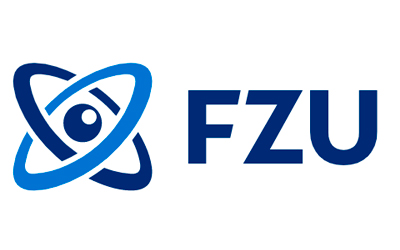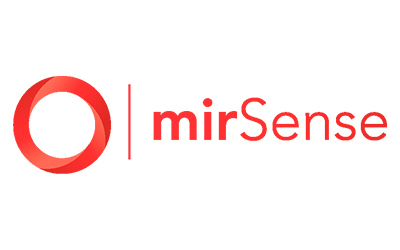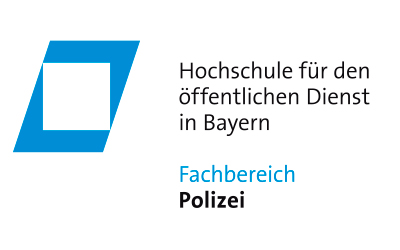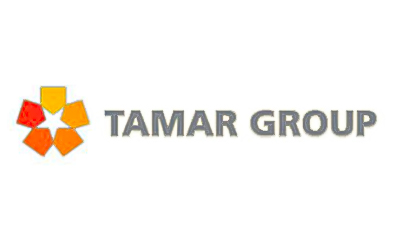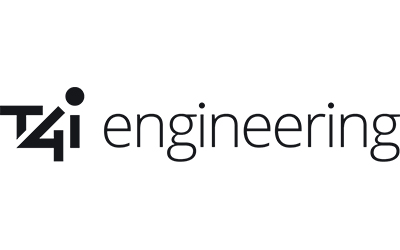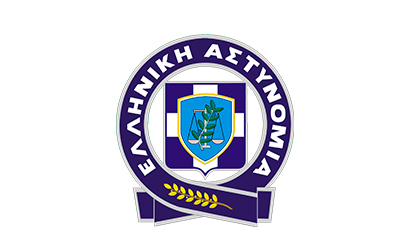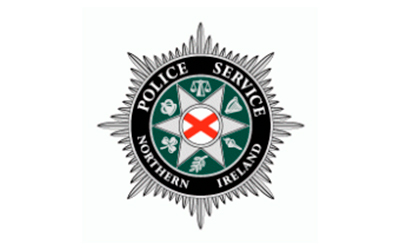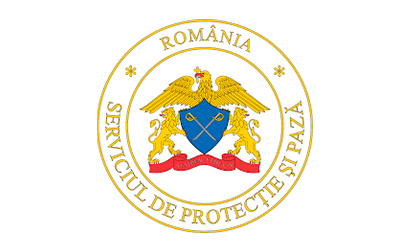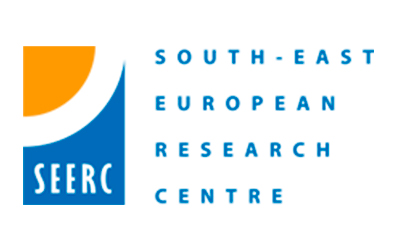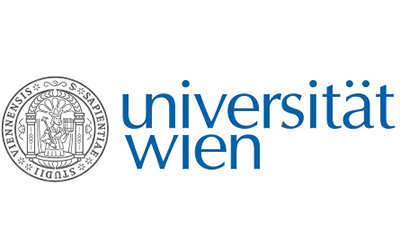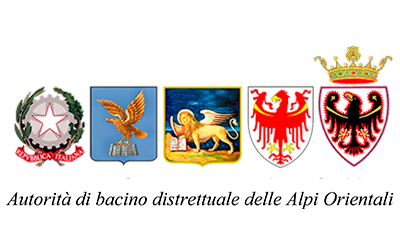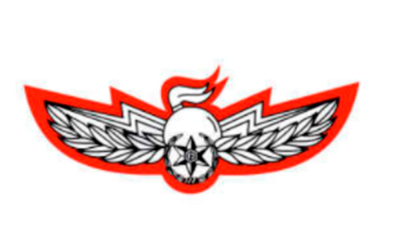ODYSSEUS
Preventing, Countering and Investigating terrorist attacks through prognostic detection and forensic mechanisms for explosive precursors
R&D in the defense, security and rescue sector has become more important than ever in recent years, with robotics and mobile manipulation playing a key role.
Currently, defense ministries, institutions focused on rescue or emergency operations, civil protection, law enforcement and the sectors working for public safety in general, have their sights set on the advances that these projects mean for both the safety of citizens and rescue workers themselves.
ODYSSEUS aims to increase the knowledge on explosive precursors and homemade explosives (HMEs), including precursors not previously studied, and develop effective and efficient prognostic, detection, and forensic tools to improve the capabilities of Law Enforces Agencies (LEAs) towards the prevention, countering, and investigation of terrorist incidents involving HMEs.
ODYSSEUS will build upon relevant previous projects mainly HOMER, through the involvement of HOMER’s core partners in this consortium, and will thus continue the work already done in HOMER on some precursors and further extend it to not previously studied precursors.
To discover potentially information, online HMEs recipes will be collected and their content will be analysed so as to extract knowledge about (possibly hitherto unknown) precursors and HMEs. Selected precursors will be then characterised and analysed for determining their explosive properties, feasibility, and potential for becoming a threat.This knowledge will be leveraged for developing tools for:
● chemical supply chain monitoring for irregularity detection to enable prediction and localisation of potential threats;
● advanced sensors for detecting in (near) real-time explosive precursors through air emissions and sewerage networks;
● robotised tools for improved mobile detection and in-situ forensic support;
● automated threat detection, localisation, and assessment; these tools will be integrated into a configurable platform that will assist LEAs’ operations in diverse scenarios.
ODYSSEUS will be validated in lab and field tests and demonstrations in three operational use cases. Extensive training of LEAs’ personnel, hands-on experience, joint exercises, and training material will boost the uptake of ODYSSEUS tools and technologies. With a Consortium of 5 LEAs, 9 Research/Academic partners, and 5 industry partners, ODYSSEUS delivers a strong representation of the challenges, requirements and tools to meet its objectives.
ROBOTNIK IN THE PROJECT
Robotnik leads and coordinates the work package in charge of improving the mobile detection and location of explosives, which includes the integration of specialized sensors in aerial and ground platforms.
Furthermore, Robotnik’s role in the project is to design, develop and provide an Unmanned Ground Vehicle with the ability to explore and collect samples from the use case scenarios. The vehicle will be a new iteration of Robotnik’s RISING robot. The new version of the vehicle will have a certification at least IP64 (protection against dust and pressurized water) and will offer the possibility of being teleoperated by specialized teams. The UGV will integrate liquid cooling and advanced sensors such as RGBD cameras or 3D Lidars. In addition, for effective sample collection, the UGV will integrate an arm with at least 6 degrees of freedom capable of lifting a nominal load of 2.4 Kg.
Robotnik will also be in charge of developing all the software related to the platform as well as the operations to be carried out like the arm manipulator movement, the use of the gripper to pick the samples or of course the movement of the platform, offering at the same time, an intuitive and functional interface that shows the relevant data and information to the user, in this case, the specialized explosives team.
More projects


